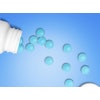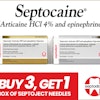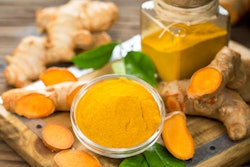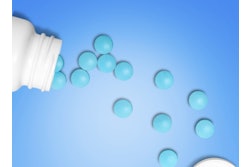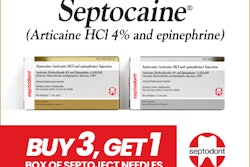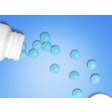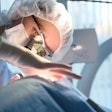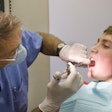A mouthwash containing curcumin, a compound derived from turmeric, may provide early pain relief for orthodontic patients and shows promise for further exploration, reports a study recently published in BMC Oral Health.
Further, patients who used the mouthwash experienced notably less pain during the first two weeks of receiving orthodontics. This short-term pain relief may be clinically important as patients adjust to new orthodontic appliances, the authors wrote.
“Curcumin mouthwash may serve as an adjunct for early pain relief in orthodontic patients,” wrote the authors, led by Chutimon Somprajob of Chulalongkorn University in Thailand (BMC Oral Health, Vol. 25, 1725).
This randomized controlled trial aimed to evaluate the effectiveness of curcumin mouthwash during the first month of orthodontic treatment compared to a placebo. A total of 70 patients ages 12 to 30 participated in the double-blind, placebo-controlled trial, using either curcumin or a placebo mouthwash twice daily for 28 days after bracket placement, they wrote.
The curcumin mouthwash was made from a turmeric extract by dissolving turmeric powder in ethanol. Researchers measured the incidence and duration of traumatic ulcers as primary outcomes. Secondary outcomes included pain levels, ulcer sites, adverse effects, plaque index (PI), gingival index (GI), gingival bleeding index, and patient feedback, all reassessed with photographs on Day 28.
There were no significant differences between both groups in the incidence or duration of traumatic ulcers (p > 0.05). During the first two weeks, patients using the curcumin mouthwash reported significantly lower pain scores than those using the placebo (p < 0.05), showing an early but temporary analgesic effect, they wrote.
The buccal mucosa was the most common ulcer site, and orthodontic wax use did not differ significantly (p > 0.05). No adverse effects occurred. The curcumin mouthwash was rated as having a more pleasant smell, and within-group analysis showed a PI reduction in the placebo group and a GI reduction in the curcumin group (both p < 0.05).
However, the study had limitations. Relying on self-reported outcomes may have introduced recall or reporting bias, since ulcers that appeared and healed between visits could have gone unrecorded, the authors added.
“Future well-powered trials with higher concentrations, longer follow-up, and objective ulcer assessment are needed to validate its role as an adjunctive therapy in orthodontics,” they concluded.

